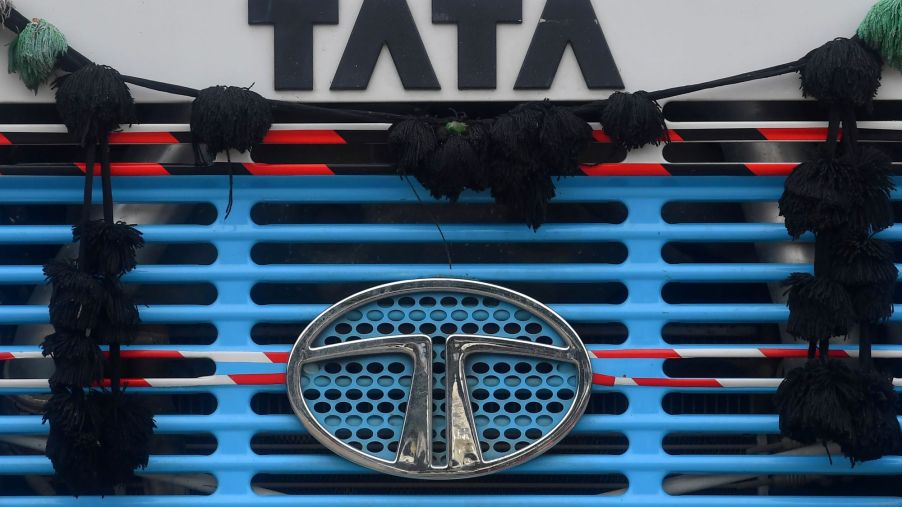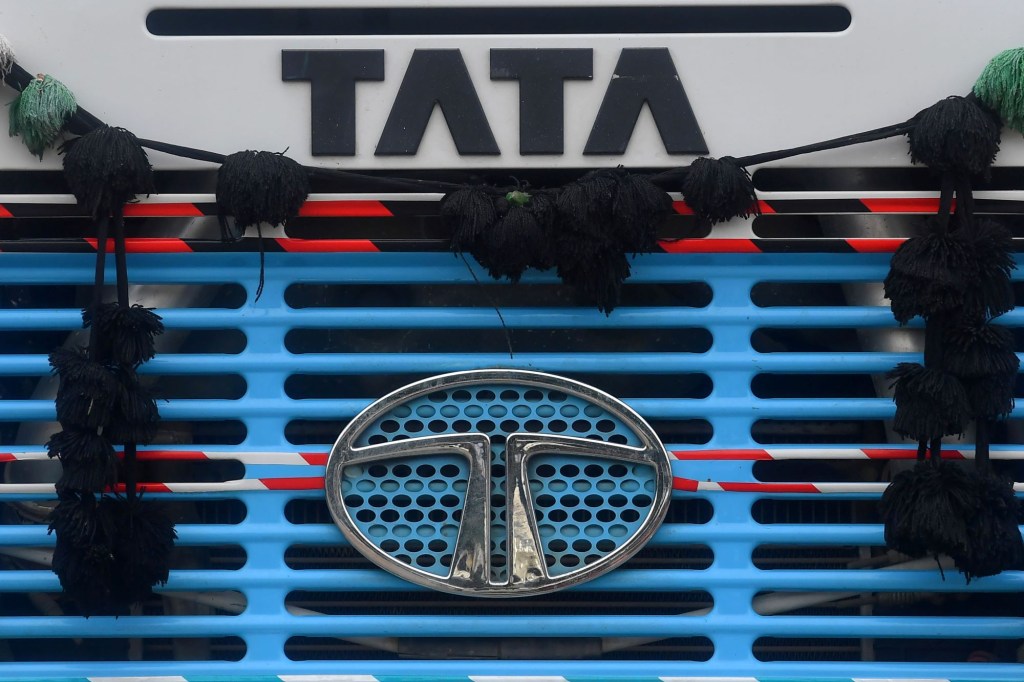
Tata Motors Made a Mini Bulletproof Military Vehicle in 2012
The need for bulletproof vehicles has become a big business around the world. Concept cars of bulletproof vehicles began in 1902. Germany was the first to produce an armored vehicle, and it sat on a Daimler chassis. The car was started in 1899 and took two years to finish. Since then, bulletproof vehicles have found their way into the market through BMW, Mercedes-Benz, and Ford. Range Rover also offers the Sentinel, which contains more than a ton of ballistic steel and armored glass.
In 2012, Tata Motors released a miniaturized bulletproof vehicle called the Tata Micro Bullet-Proof Vehicle (MBPV), just four short years after terrorist attacks occurred in India. This was no coincidence, as we will soon see. Let’s look at the history of Tata Motors and its place in the bulletproof vehicle industry.
The history of Tata Motors

Tata Motors was formerly known as Tata Engineering and Locomotive Company (TELCO). It was founded in 1945 to build trains and locomotives, according to Business Standard. Tata built its first commercially available vehicle in 1954, thanks to a collaboration with Daimler-Benz AG. However, the relationship ended in 1969. Tata Motors then made its debut in the passenger vehicle market in 1988 with the launch of the Tata Mobile, followed by the Tata Sierra in 1991. Tata released its first fully indigenous car, the Indica, in 1998. In 2008 it launched the Tata Nano, which was touted as the world’s most affordable car at the time. Tata Motors later acquired Daewoo Commercial Vehicles Company in 2004 and Jaguar Land Rover from Ford in 2008.
The company has since gone on to produce vehicles around the world. Tata has plants in India as well as Argentina, South Africa, Great Britain, and Thailand. While branching out into different companies, it also branched out into different usability genres with the advent of the MBPV, the Tata Micro Bullet-Proof Vehicle.
The latest addition to the Tata Motors family
Tata Motors expanded into the bulletproof vehicle market by taking its MBPV to the private sector. Traditionally, armored cars have mostly been reserved for military purposes. So, with rising foreign and domestic tensions, Tata realized that the military might invest in bulletproof vehicles. Tata has provided more than a million vehicles to the Indian armed forces.
According to AutoBlog, Tata’s first offering in the smaller bulletproof vehicle area was in 2012 with the MBPV. Tata continues to offer this vehicle in 2021. Its diminutive size makes it an unassuming vehicle, weighing in at only 2,425 pounds. It was conceived due to the need for small vehicles that can move around in small places such as malls, airports, and rail stations, where terrorists may seek shelter to provide safety from gunfire. This was important because the terrorist attacks of 2008 were a sort of wake-up call to not only Tata but the entire country of India. The attacks were mainly in Mumbai around the Taj Mahal hotel, and therefore, the need for small urban bulletproof vehicles was born.
The future of bulletproof vehicles
Tata Motors filled a need when it offered the Micro Bullet Proof Vehicle. Indeed, many other motor companies have offerings, such as Range Rover, Mercedes-Benz, BMW, Ferrari, and Lincoln, which are customizable depending on the customer’s needs. For example, Audi offers the A8 L, which has run-flat tires that supply oxygen to the cabin in case of a chemical attack. Tata has certainly not been afraid of change in the past, so that it may develop yet another generation of bulletproof vehicles in the future.
Since its inception, Tata Motors has certainly come a long way and will likely inspire many other automakers to follow suit. The need for bulletproof vehicles that can navigate small spaces is certainly an area Tata has been operating in for a while. The company has proven that it can adapt to changing times and continue to do so well.


